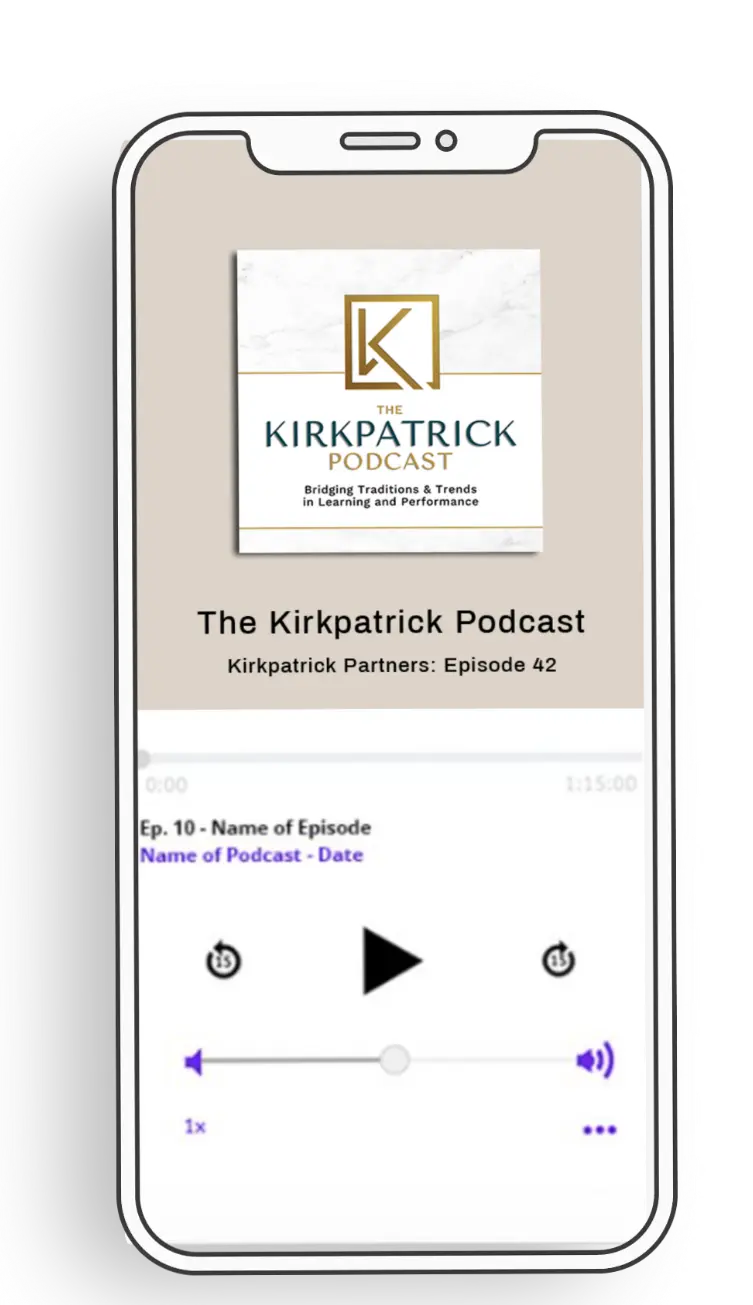Uncovering and Avoiding Fatal Flaws in Evaluation, Pt. 1

We all know how important it is to properly evaluate training and development. When done right, it can be the North Star for organizational growth. Unfortunately, there are fatal flaws that can undermine the evaluation process and diminish buy-in from stakeholders, jeopardizing your training initiatives. Let’s take a closer look at the first three fatal flaws of evaluation and explore how tackling them head-on can not only boost the credibility of your training programs but also lead to better collaboration and support from stakeholders.
The First 3 Fatal Flaws of Evaluation
1. Failing to Demonstrate Value
The first fatal flaw is not showcasing the true value of training. Many organizations get sidetracked with the evaluation costs and forget to highlight the return on investment. That kind of tunnel vision can make senior leaders believe the evaluation isn’t working and lead to budget cuts or disbanding the evaluation altogether. That’s why we have to clearly show the value evaluation brings to the organization.
2. Overlooking Level 3 and 4 Evaluation
The second fatal flaw is putting too much focus on initial reactions and what’s learned during training (Levels 1 and 2) and not giving enough attention to behavior changes and actual results (Levels 3 and 4). Some organizations only measure participants’ immediate reaction to training and what they learned, while missing out on the bigger picture of how it affects their actions and the overall impact. The key to fixing this is broadening the evaluation beyond basic knowledge checks and looking at how well participants understand, and use, what they learned.
3. Waiting Until the End for Evaluation
The third fatal flaw is saving the evaluation until the end of the program. When we only rely on post-training assessments, we miss opportunities to see how everyone is doing along the way. Waiting until the end could mean waiting months, during which participants may forget what they learned. To tackle this, be smart about it from the start — design with the end in mind, and sprinkle in assessments after the training to check how well everyone is using what they learned.
The Multi-Dimensional Approach to Evaluation
To overcome these flaws and ensure a thorough and precise evaluation, organizations should embrace a multi-dimensional approach at every level of assessment. It’s not just about gauging immediate reactions and learning; it’s also about spotlighting shifts in behavior and monitoring lasting outcomes.
Breaking Free from Single Methods and Sources
Relying on only one method or source for evaluation is another one of those stumbling blocks that makes decision-making a bit tricky. For real-deal insights and impactful changes, don’t be afraid to go big! Take a head-on approach that brings in all the different pieces of the puzzle.
Sure, surveys and knowledge tests may offer a quick assessment, but they miss the real magic of the training’s impact. Change things up by adding informal chats, sit-downs, and focus groups. You might even consider looping in their managers to get the lowdown on how participants are using their newfound knowledge on the job. Plus, these conversations are a goldmine for insights and relationship-building, showing that L&D is right there in the mix, making things happen.
On top of that, make sure to get feedback from both the participants and their managers to get the full scoop on how the training is making meaningful changes. When we zero in on what really boosts performance and shuffle our resources accordingly, training goes from ho-hum to top-notch, strengthening the bond with learners by offering real value.
Steering clear of these fatal flaws is the key to making sure training works and leaves its mark. From the planning stage to the final report, it’s essential to keep things crystal clear, use a mix of proven methods, and keep stakeholders and experts in the loop. When you monitor things closely, reflect on what’s happening, and keep learning along the way, you turn evaluation into a powerhouse that drives performance and gets the desired results.
Excited to learn more? Check out the latest episode of The Kirkpatrick Podcast, where hosts Vanessa Alzate and Jim Kirkpatrick chat more about how you can identify and avoid the fatal flaws of evaluation.
It’s a must-listen for anyone looking to make a genuine impact on their organization through top-notch training and development practices! And stay tuned for the next episode, where we’ll explore the remaining fatal flaws of training evaluation and discuss strategies to manage resistance to evaluation.
Listen or watch the latest episode here:
Remember, the real magic happens when we fine-tune how we apply training and get results. When we build a culture of trust, engagement, and continuous improvement, we give our training programs a better shot at success.





